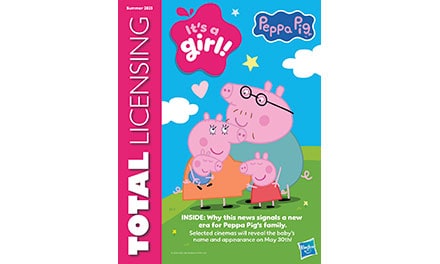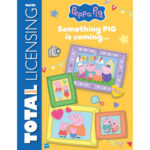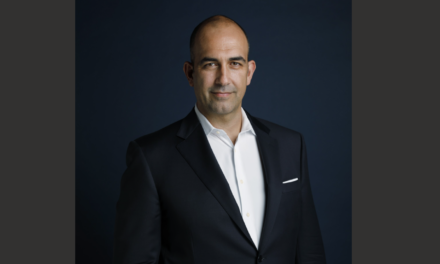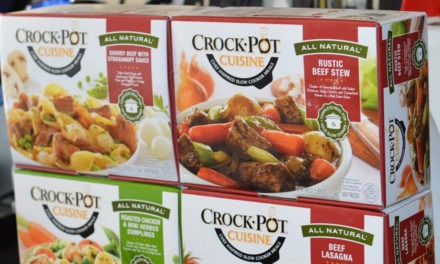
What’s in a name? How to create a winning beauty brand

Any cosmetics startup knows that making a name and building a strong brand presence is key to success. Looking ahead to British Beauty Week (23-27th October 2024), intellectual property firm, Withers & Rogers, shares advice on how to go about it and pitfalls to avoid.
In an industry where a single TikTok post could set them on the road to success, but choosing the wrong name could place them at the centre of costly infringement proceedings and ultimately undermine their future, every decision must be considered carefully. Trade mark disputes are not uncommon in the cosmetics industry, as evidenced recently by easyGroup v Beauty Perfectionists, and the stakes for newcomers are high.
Advancing technology and wider use of social media to reach a mass audience has made it easier for emerging beauty brands to establish themselves and grow. There are many examples of successful newcomer brands that have specialised in areas of fast-growing consumer demand, such as personalised skincare and products made from vegan ingredients. In this fast-paced, highly innovative environment, startups can find themselves at an advantage compared to established brands with extensive product backlists, and quickly gain market share.
Whilst responding to shifting consumer trends requires agility, it can also bring commercial risks. It is therefore vital that startups seek advice about intellectual property (IP) protection well before launching their business and bringing new products to market. For example, it is important to register a trade mark to protect the name and corporate identity of the new entity.
Strong brands or products can sometimes attract imitators that could quickly dilute commercial value if left unaddressed. For emerging brands, this unwanted market competition could damage their reputation, leading to a loss of consumer trust and loyalty. In extreme cases, a business that launches without securing adequate IP protection could even find its brand name ‘stolen’ from under its feet, for example, if a competitor registers the trade mark first.
Small businesses may feel overwhelmed by the perceived complexities and costs associated with securing trade mark protection. Alternatively, they may believe that they are simply too small to be noticed. However, bigger brands are always on the lookout for potential infringers, and they will enforce their rights where necessary.
Seeking trade mark protection should be seen as a crucial step on a brand’s journey, to be implemented at the earliest possible point. A clearance search should be conducted to establish if a new name or logo is already taken before launching it to market. This approach will protect the investment already made and avoid the risk of attracting a costly infringement action or having to re-brand further down the line.
Recent court cases involving powerful industry players demonstrate that it’s not just the big house brands that businesses need to be wary of when it comes to possible infringement: they need to be aware of sub-brands too. For example, beauty giant L’Occitane has recently blocked a former model from registering the brand name ‘Arboria Skin Care’ on the grounds that it was too similar to their sub-brand, ‘Erborian’, and could therefore cause consumer confusion.
Distinctive branding and creative elements that are easily recognisable can help a startup get noticed in the crowded cosmetics market and provide them with a layer of protection against potential infringement claims. For example, in easyGroup’s case against Beauty Perfectionists’ use of ‘easyCOSMETIC’, it was deemed that the word ‘easy’ was not distinctive enough and the global group’s evidence did not “establish that simply using the word “easy” conjoined with a second word … is or was at any material time perceived by consumers in the UK or elsewhere as indicating an easyGroup brand.” easyGroup was ultimately unsuccessful in their claim at the High Court.
When it comes to launching a new beauty brand, the sooner a trade mark is secured the better. Early searching and registration can mitigate the risk of an extensive re-branding exercise should a cease-and-desist letter from a disgruntled brand owner find its way to the company inbox. Trade marks act as deterrents to competitor brands and empower businesses to proactively enforce their rights should a rival cross the line. Not only this, but a well-protected brand can enhance a company’s market position and add significant value when discussing the company’s growth plans with investors, partners and distributors. However, when considering the future, it is important to bear in mind that different countries have different registration processes, so this should be factored into any plans.
Even with a global trade mark portfolio, it is important for brand owners to keep their registrations under review and renew them as necessary, whilst considering use requirements. Businesses should also be willing to enforce their IP rights. Startups or small businesses shouldn’t be shy when it comes to proactively monitoring third parties for infringement and sending them cease-and-desist letters when necessary. If managed successfully, this can be a cost-effective way to preserve, and even increase, the value of their brands.
In a fast-developing and competitive global industry, a brand’s reputation is everything. Trade marks will not only help to strengthen a startup’s commercial positioning and build consumer trust and loyalty, they could also help to fend off unwanted imitators if necessary.
Stephanie Davies is a senior associate and trade mark attorney at European intellectual property firm, Withers & Rogers.
















